Understanding the New H-1B Fee Rule: TRUMP TAKES MASSIVE U-TURN
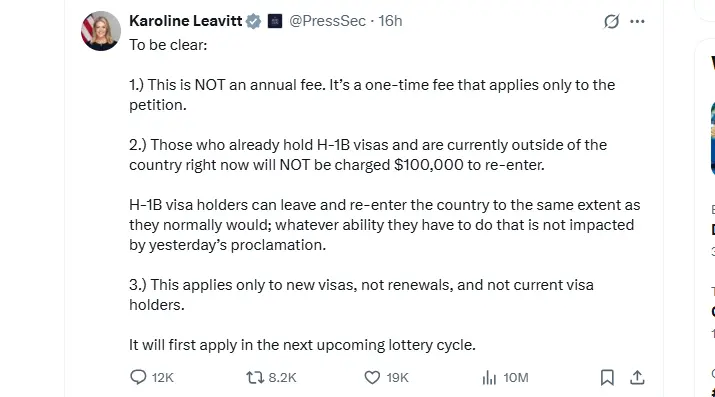
Sometimes it feels like Donald Trump wants to create confusion. Think about it—any policy that comes out often has no clarification initially. When the chaos starts, and people realise something has gone wrong, the clarification comes afterwards. Take the H-1B visa, for example. Since yesterday, there’s been a panic-like situation across the country, especially for those who already had an H-1B visa and had come to India. Companies had given deadlines like “return within 14–24 hours.” How is that even possible? Flight prices shot up instantly.
Then, finally, just a few hours ago, the White House issued a clarification: the $100,000 fee being talked about is not for existing visas; it will only apply to new petitions. Still, this will have a long-term impact. Let’s look in detail at what exactly has changed and whether India can turn this shock into an opportunity. We will also talk about brain drain—can this lead to brain gain?
What Changed: H-1B Visa Fee Explained
The H-1B visa allows U.S. companies to hire skilled foreign professionals in speciality occupations, including IT, engineering, finance, and healthcare. Last year, there was a capped quota: 65,000 visas, plus 20,000 for U.S. master’s degree holders. Historically, over 70% of these visas go to Indian professionals.
The newly announced rule introduced a $100,000 fee per petition, initially interpreted as applying to all H-1B holders. This sparked immediate concern among Indian professionals who were temporarily in India. Companies initially instructed staff to return to the U.S. quickly to avoid extra costs.
Clarification from the White House later confirmed:
- The fee applies only to new H-1B petitions, not existing visa holders.
- It is a one-time payment, not an annual fee, for petitions valid for up to 6 years.
- Companies sponsoring new hires will bear the cost, estimated at around ₹88–89 lakh per employee at current exchange rates.
Immediate Impact on Indian Professionals
Although existing H-1B visa holders are exempt, the announcement has both short-term and long-term implications:
- Short-Term Panic: Some U.S.-based companies urged employees in India to return urgently, increasing flight demand and costs. While this affected only a subset of professionals, it highlighted the communication challenges in global HR management.
- Hiring Challenges: Smaller Indian IT and mid-sized tech firms may find the $100,000 fee prohibitive for new U.S. hires. This could reduce the number of Indian professionals going to the U.S., especially early-career engineers.
- Shift to Alternative Destinations: New H-1B applicants may consider Canada, Australia, or European countries for work opportunities, potentially diversifying the flow of Indian talent globally.
Opportunities for India
Despite challenges, the policy shift presents several actionable opportunities for Indian professionals and companies:
1. Strengthening Domestic High-Value Jobs
Companies can leverage remote collaboration, allowing Indian engineers to work for U.S. clients without relocating. This can retain talent within India while supporting client needs abroad.
2. Upskilling and Training
Investment in cutting-edge fields such as artificial intelligence, cloud computing, cybersecurity, fintech, and blockchain can prepare Indian professionals for high-demand roles domestically. Government initiatives like the National Skill Development Mission and Digital India programs can be accelerated to meet these needs.
3. Attracting Foreign Direct Investment (FDI)
U.S. tech firms can establish R&D centres, innovation labs, and AI-focused units in India, creating high-value jobs locally. By collaborating with India, companies can reduce costs without relying solely on H-1B visas.
4. Turning Brain Drain into Brain Gain
A more robust domestic ecosystem can reduce dependency on U.S. relocation. Indian firms can nurture top talent, foster innovation, and participate in global tech projects remotely, creating a sustainable talent cycle within India.
Industry-Level Implications
- Large IT Companies: Firms like Infosys, TCS, Wipro, HCL, and Tech Mahindra may need to adjust hiring strategies for new U.S. positions.
- Smaller Startups: New H-1B costs may limit their U.S. expansion but encourage investment in India-based talent.
- Global Competitiveness: India can position itself as a destination for innovation, research, and high-value tech services, maintaining its global relevance.
Conclusion
The H-1B $100,000 fee affects only new visa petitions, leaving existing holders unaffected. While there is a clear impact on hiring patterns and international mobility, Indian professionals and companies have opportunities to strengthen domestic talent, invest in advanced skills, and attract global collaborations. By focusing on these strategies, India can leverage policy changes abroad to support local innovation and career growth.
Disclaimer: This article is based on publicly available reports and independent analysis. Readers are encouraged to consult multiple sources for a complete picture.

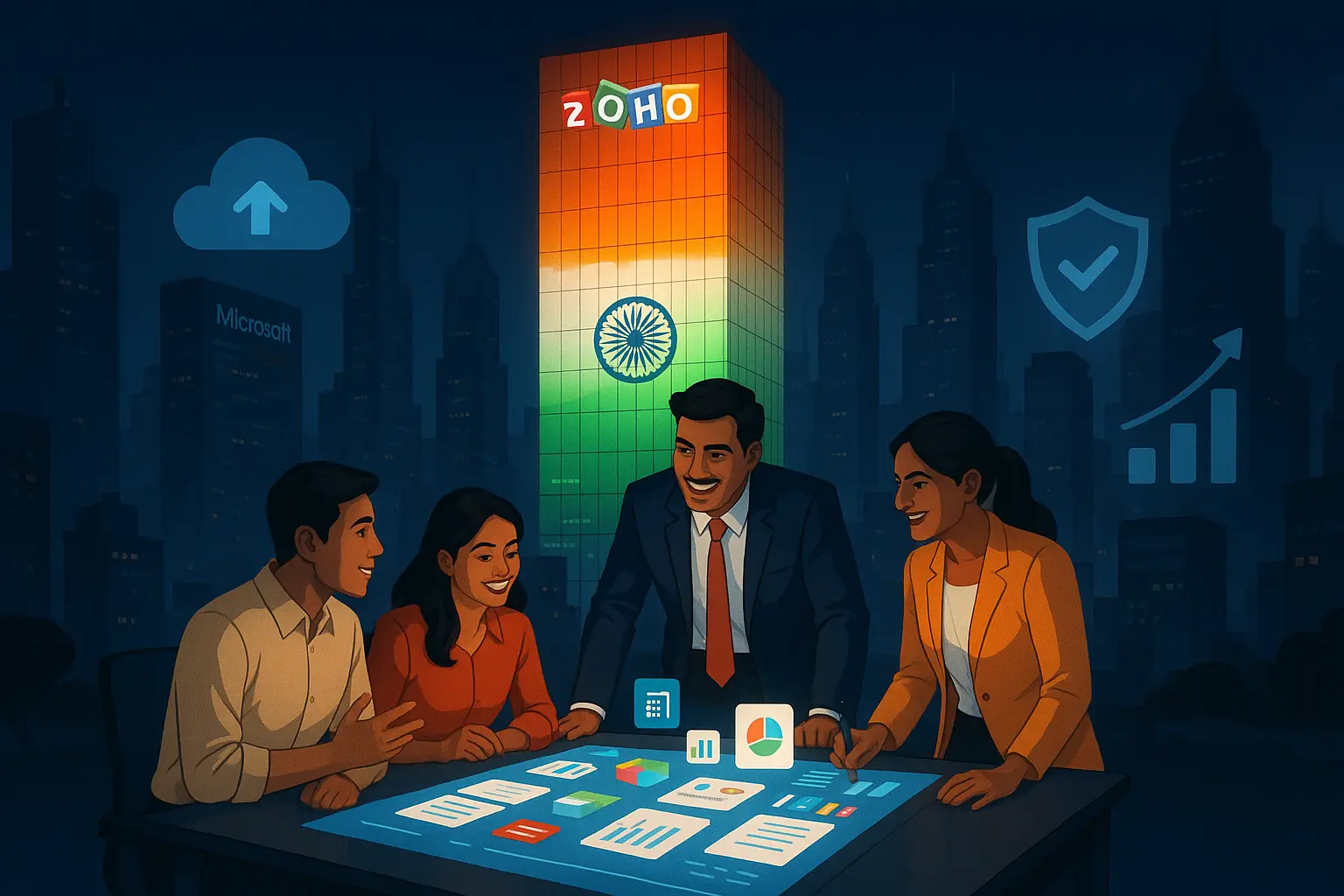
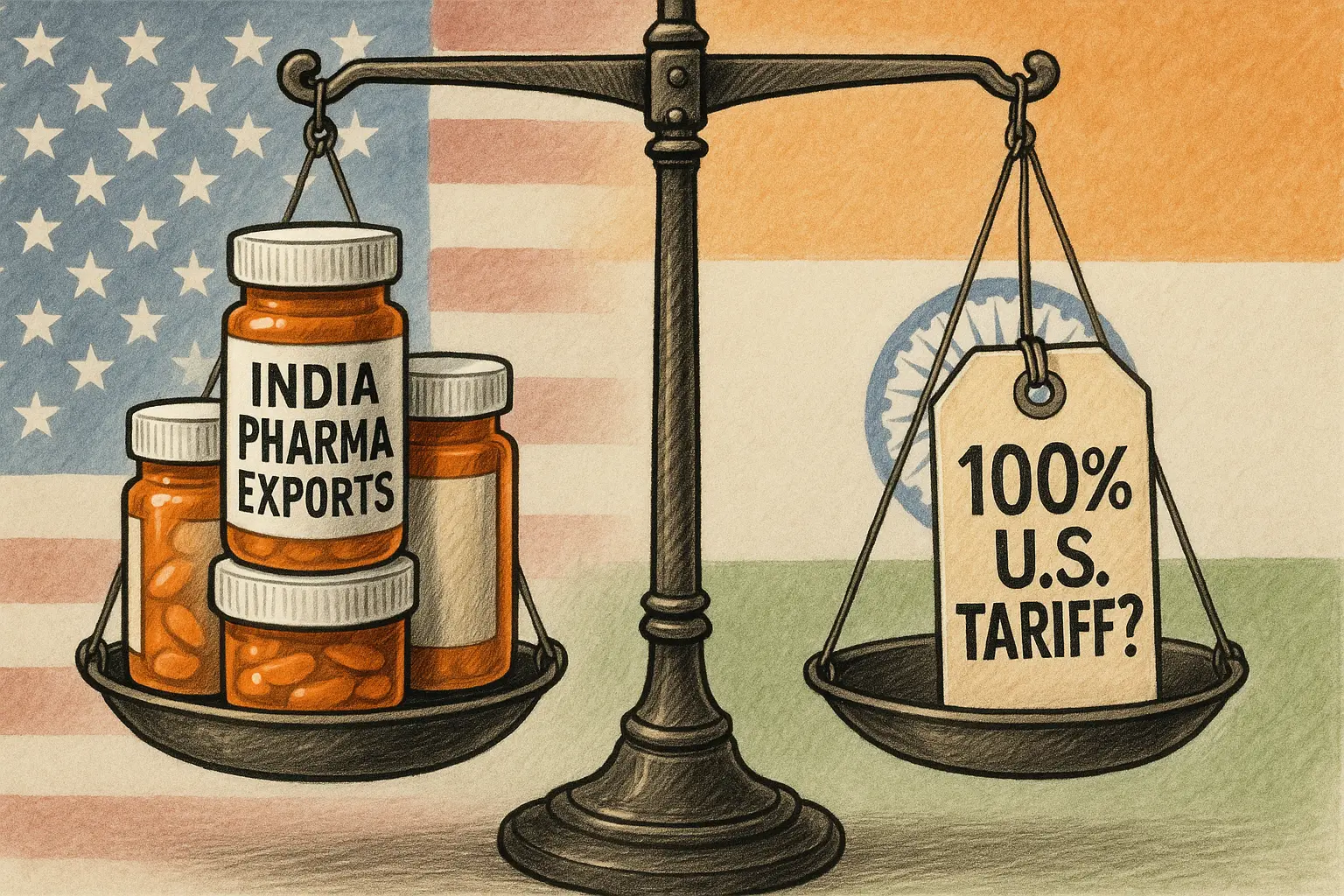


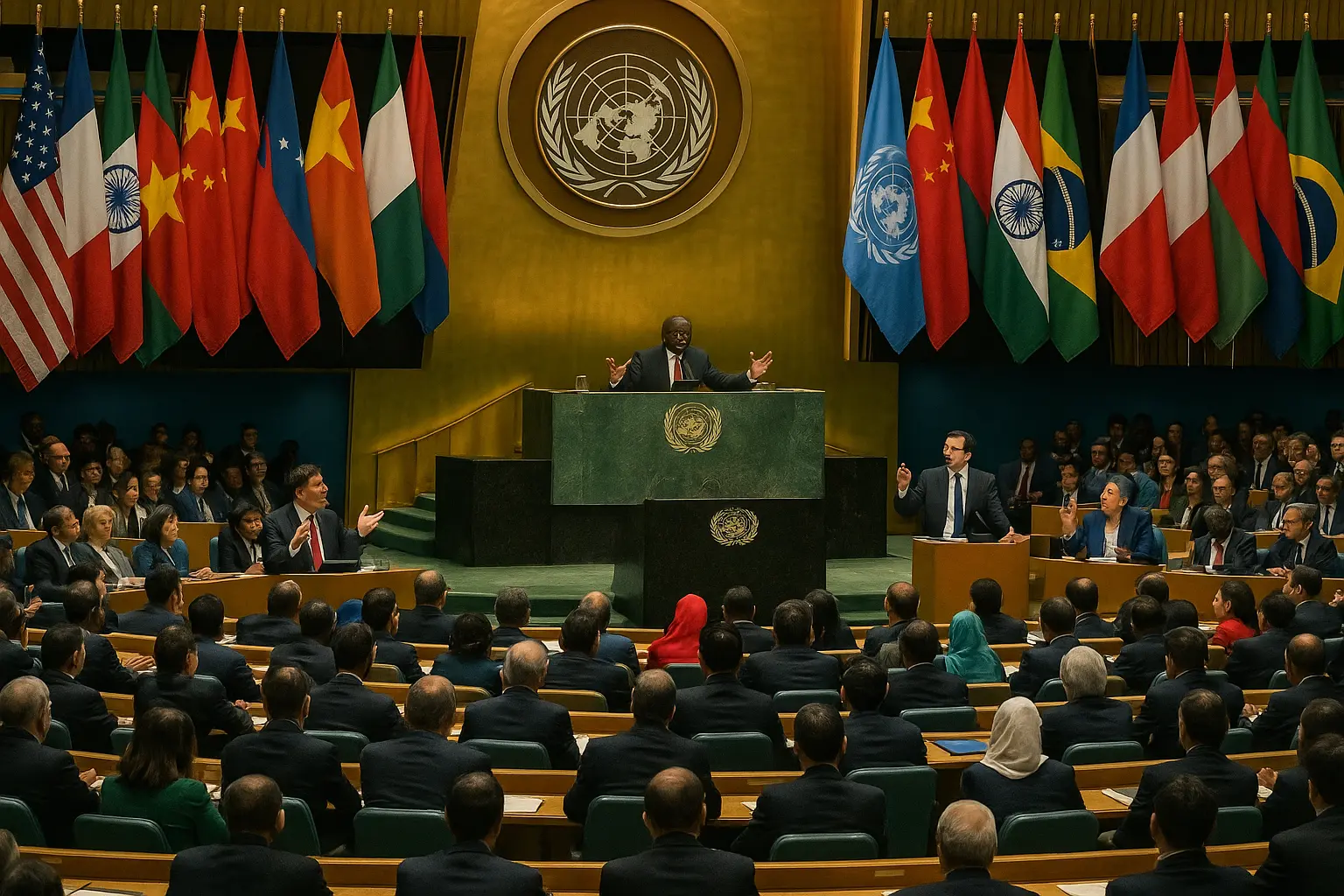
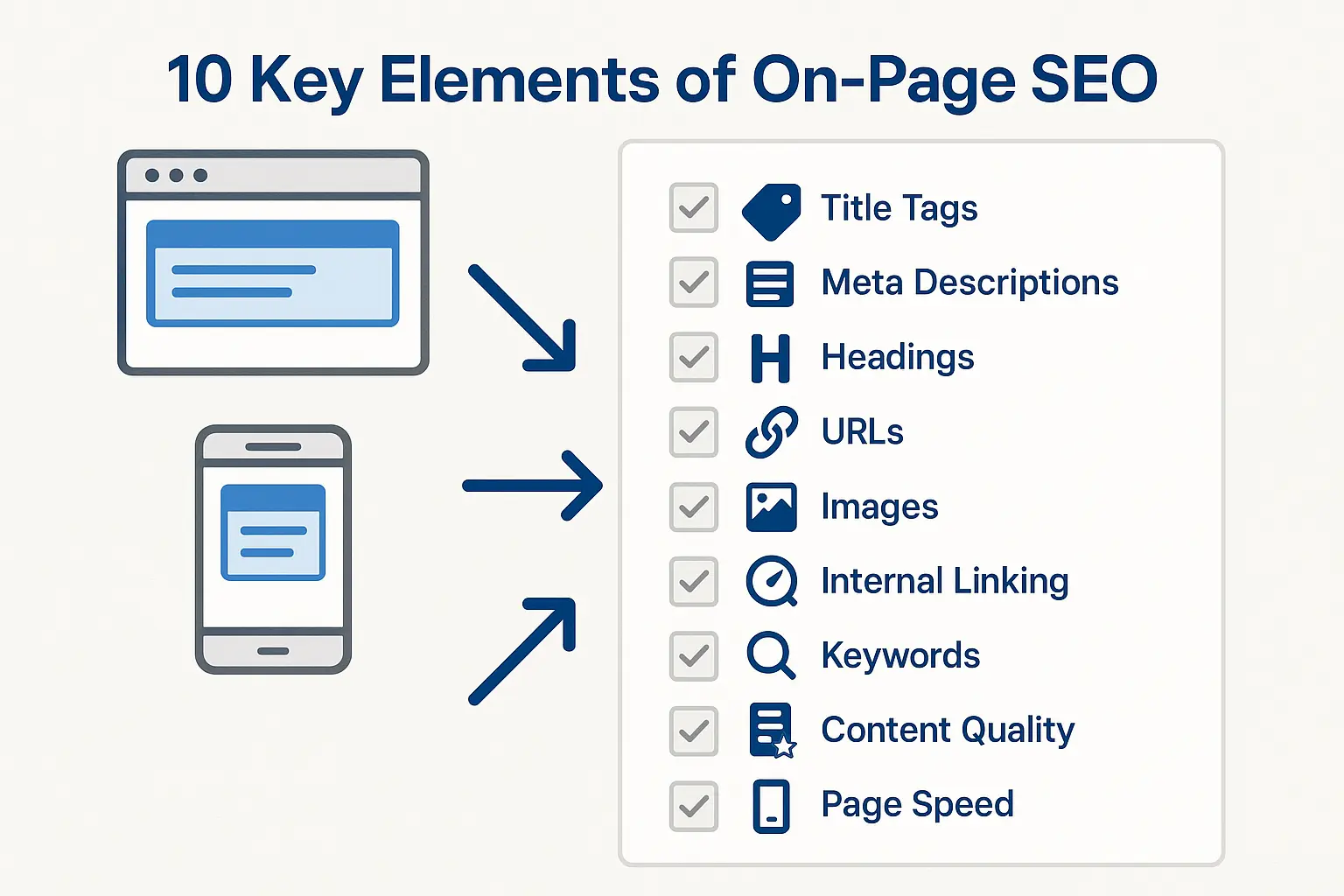
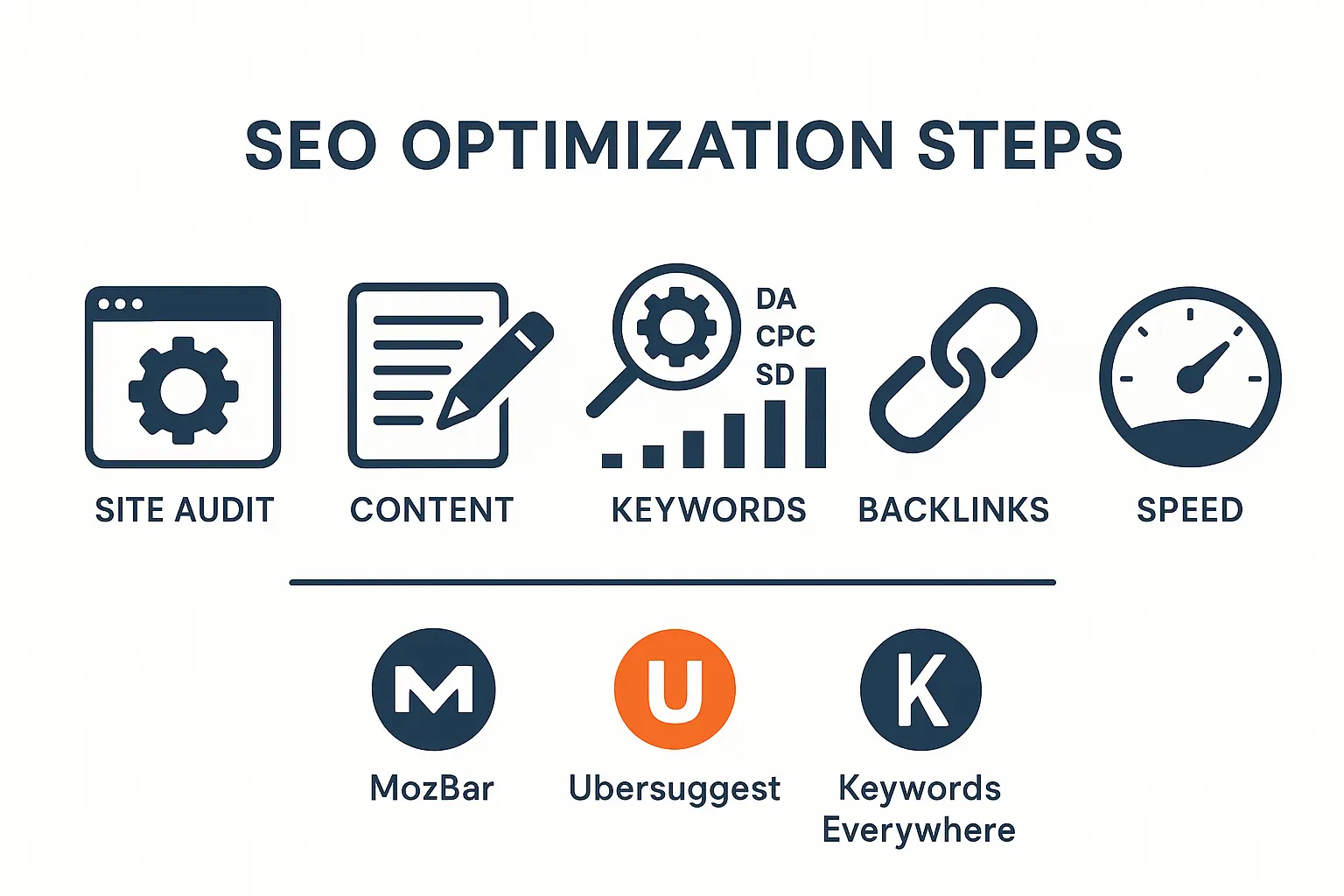
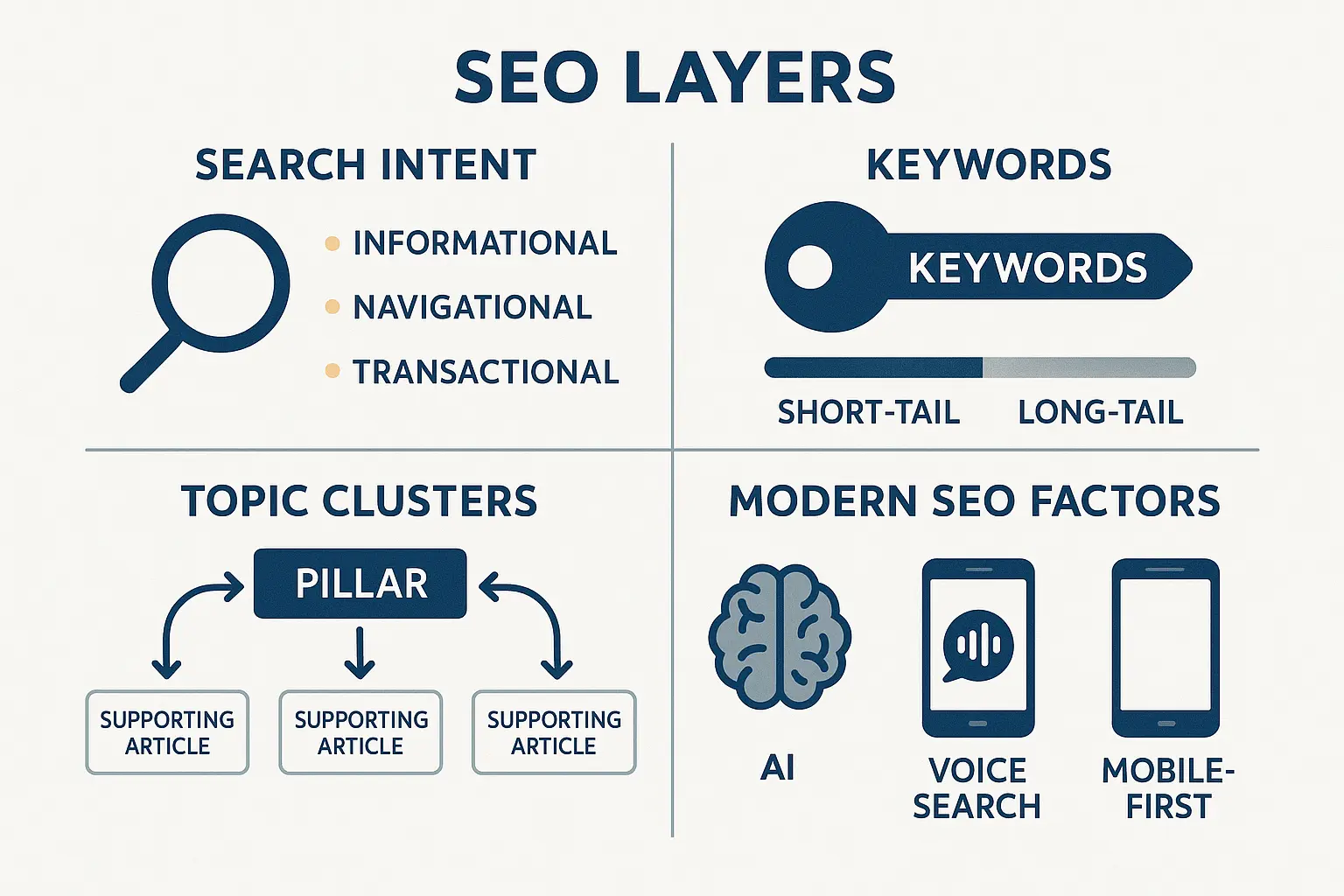
No comments yet. Be the first to comment!